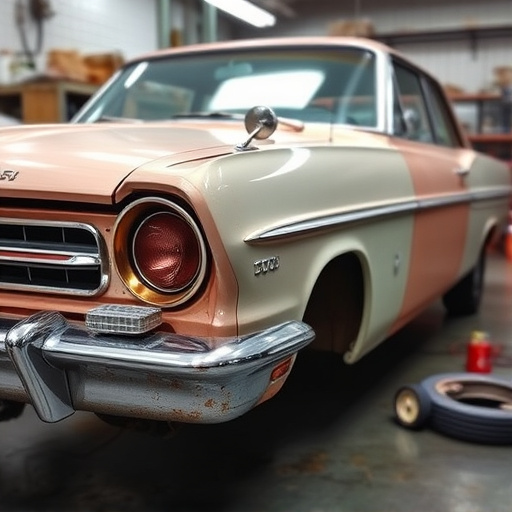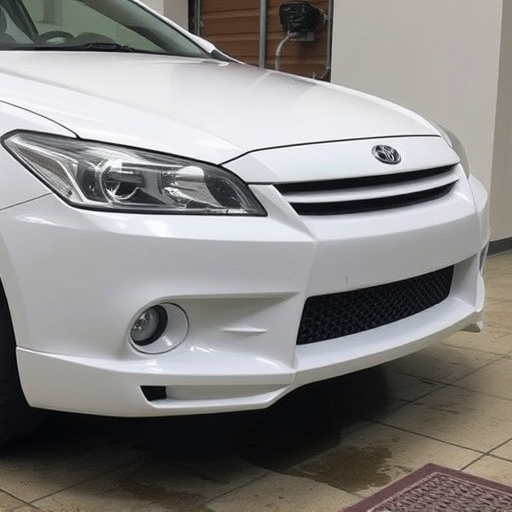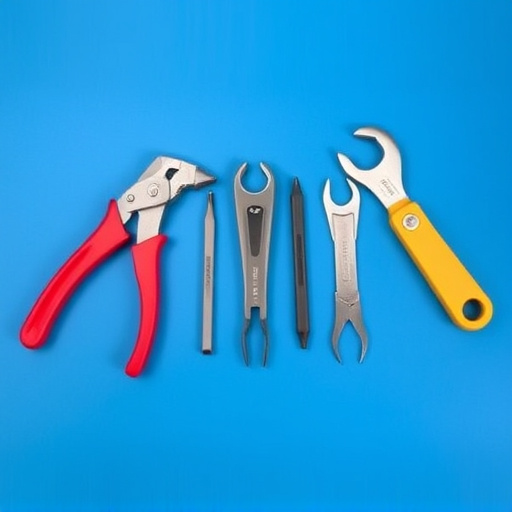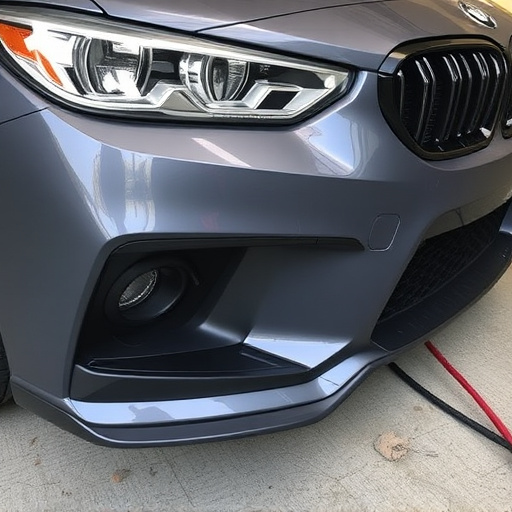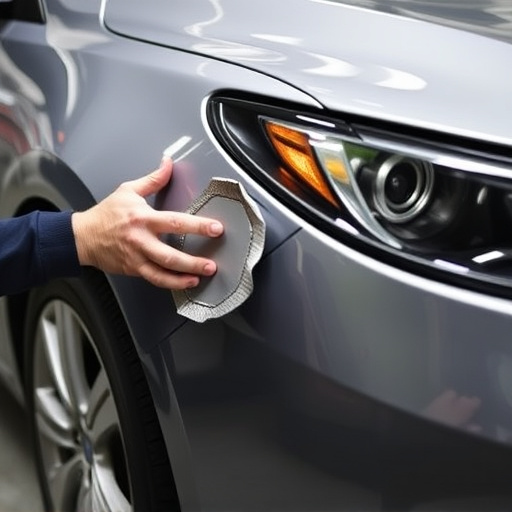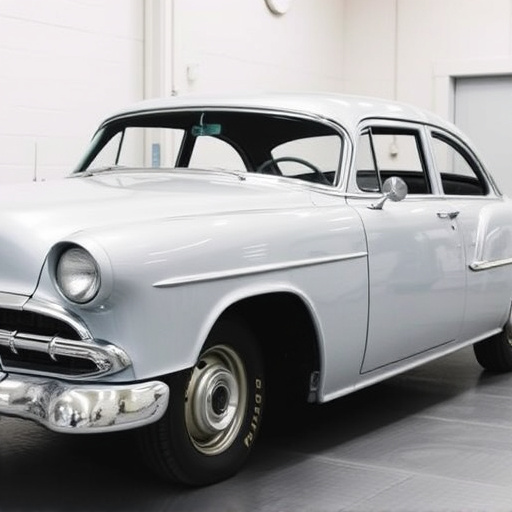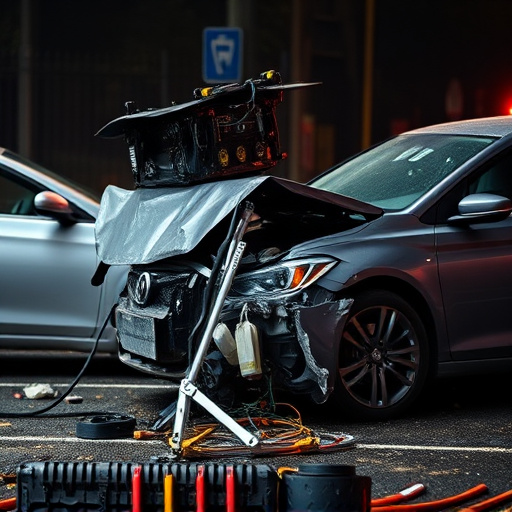Silicon bronze welding, using an alloy for enhanced strength and corrosion resistance, is ideal for high-durability applications like classic car restoration. MIG welding, a versatile technique with precise control, employs a continuous wire electrode melted in a protective gas environment, suitable for complex shapes. Both methods have unique advantages: Silicon Bronze for intricate designs and marine use, MIG welding for efficiency and versatility, requiring consideration of environmental factors for outdoor exposure.
“Unveiling the distinct world of metal fabrication, this article presents a comprehensive comparison between Silicon Bronze welding and MIG (Metal Inert Gas) Welding. Silicon Bronze, with its unique alloy composition, offers exceptional corrosion resistance and mechanical properties, making it ideal for marine and industrial applications. On the other hand, MIG welding is a versatile, automated process popular in automotive and construction sectors.
We’ll explore the materials, techniques, and key differences, providing insights to aid professionals in choosing the right method for their specific welding needs.”
- Understanding Silicon Bronze Welding: Materials and Properties
- MIG Welding Technique: Equipment and Process Overview
- Key Comparisons: Advantages and Limitations of Each Method
Understanding Silicon Bronze Welding: Materials and Properties
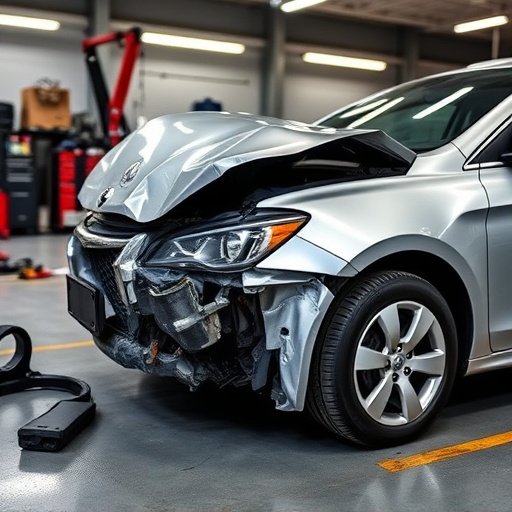
Silicon bronze welding is a specialized process that utilizes an alloy composed primarily of copper, tin, and silicon. This unique blend imparts exceptional properties to the welds it creates. The silicon content, typically ranging from 4% to 7%, significantly enhances the ductility and corrosion resistance of the resulting joints. This makes silicon bronze particularly suitable for applications requiring high strength and longevity, especially in industries such as automotive, where durability is paramount.
In the context of car paint services and classic car restoration, understanding these properties is crucial. For instance, when conducting autobody repairs on vintage vehicles, silicon bronze welding can help maintain the original aesthetic appeal while ensuring structural integrity. Its corrosion resistance ensures that the welds remain strong and intact over time, preserving the visual beauty of classic cars for generations to come.
MIG Welding Technique: Equipment and Process Overview
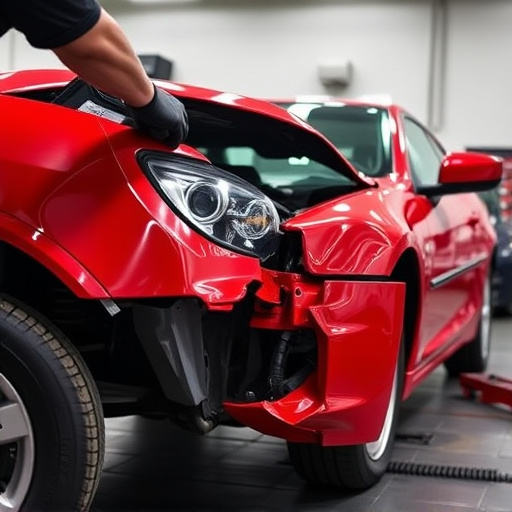
MIG (Metal Inert Gas) welding is a popular technique for its versatility and efficiency in joining various metals, including silicon bronze. The process involves feeding a continuous wire electrode through a gun, which generates an arc to melt both the metal and the protective gas surrounding it. This method allows for precise control over the weld, making it ideal for complex shapes and intricate designs often found in car bodywork services.
The equipment required for MIG welding includes a power source, a wire feeder, a welding gun, and a gas cylinder. The power source generates the arc, while the wire feeder ensures a consistent flow of the metal wire. Auto collision centers commonly use this technique for dent removal and repairing car bodywork due to its speed and strength. The protective gas, typically a mix of argon or carbon dioxide, shields the weld from oxygen, ensuring high-quality fusion.
Key Comparisons: Advantages and Limitations of Each Method
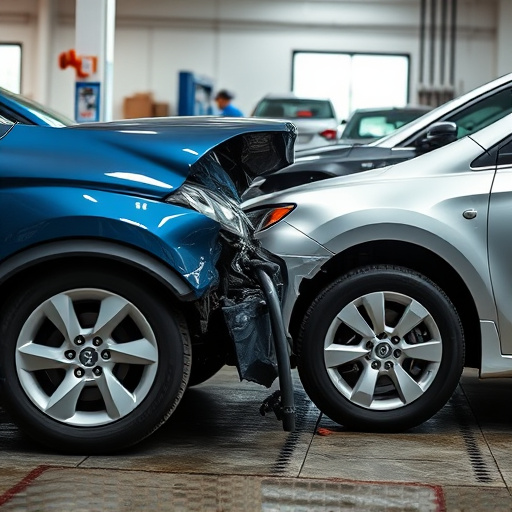
When comparing Silicon Bronze welding to MIG (Metal Inert Gas) welding, understanding their unique advantages and limitations is key for successful applications, particularly in fields like vehicle repair and collision repair centers. Silicon Bronze, an alloy combining copper, tin, and silicon, offers exceptional corrosion resistance and strength, making it ideal for marine or outdoor applications where durability is paramount. Its manual application process allows for intricate designs and precise control over the weld’s appearance and composition. However, its lower melting point and slower cooling rate compared to MIG welding can lead to issues like porosity and cracking in certain conditions.
MIG welding, on the other hand, leverages a high-speed, automated arc to join metals, offering consistent quality and greater efficiency than manual methods. It’s suitable for producing strong, clean welds in various materials, including steel and aluminum, which are commonly used in modern vehicle repair. MIG welding is less labor-intensive and can handle larger projects faster. However, its lack of corrosion resistance like Silicon Bronze requires specific environmental considerations, especially in industries such as car dent repair where outdoor exposure might be involved.
When choosing between silicon bronze welding and MIG (Metal Inert Gas) welding, understanding their unique attributes is key. Silicon bronze offers exceptional corrosion resistance and strength, making it ideal for marine and outdoor applications. However, its limited versatility and higher cost may hinder certain projects. On the other hand, MIG welding provides faster production rates, increased material compatibility, and easier control, but it lacks the inherent corrosion benefits of silicon bronze. For projects demanding durability in harsh environments, silicon bronze welding stands out; whereas, MIG welding is a more versatile, efficient choice for diverse fabrication needs.
